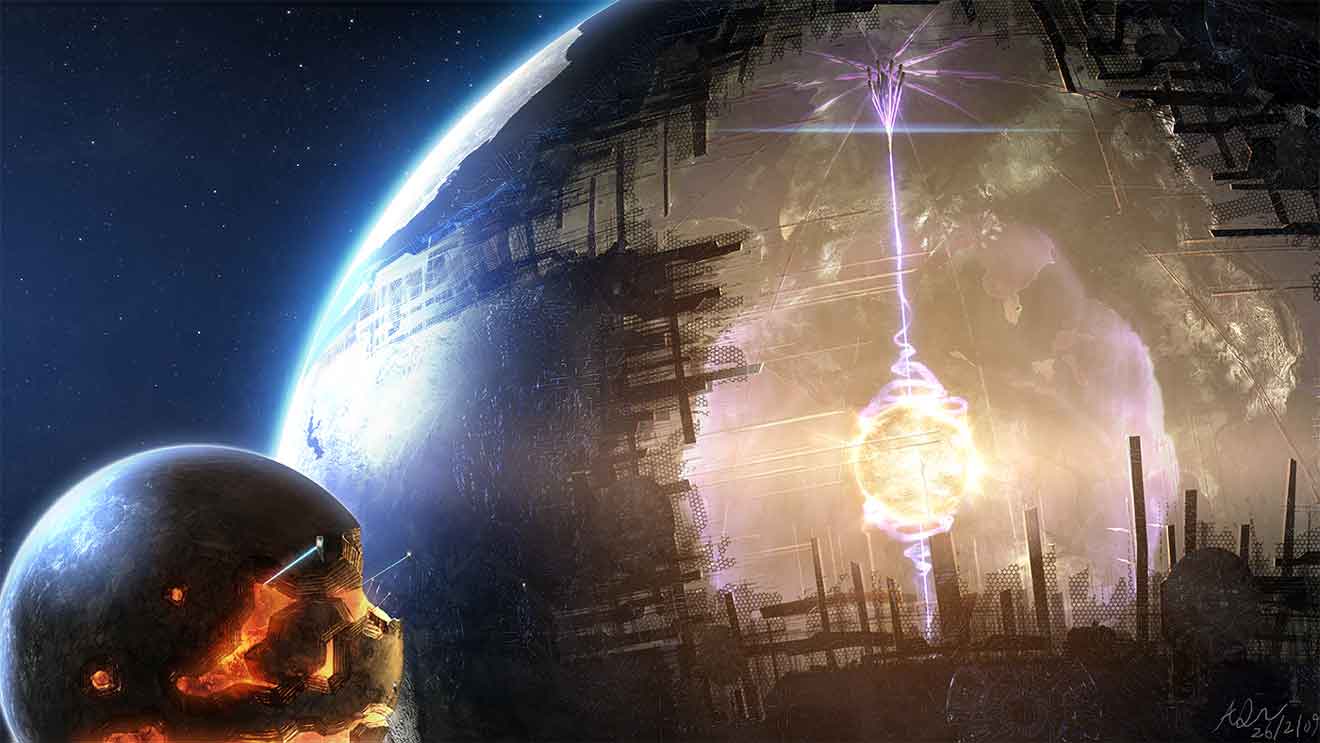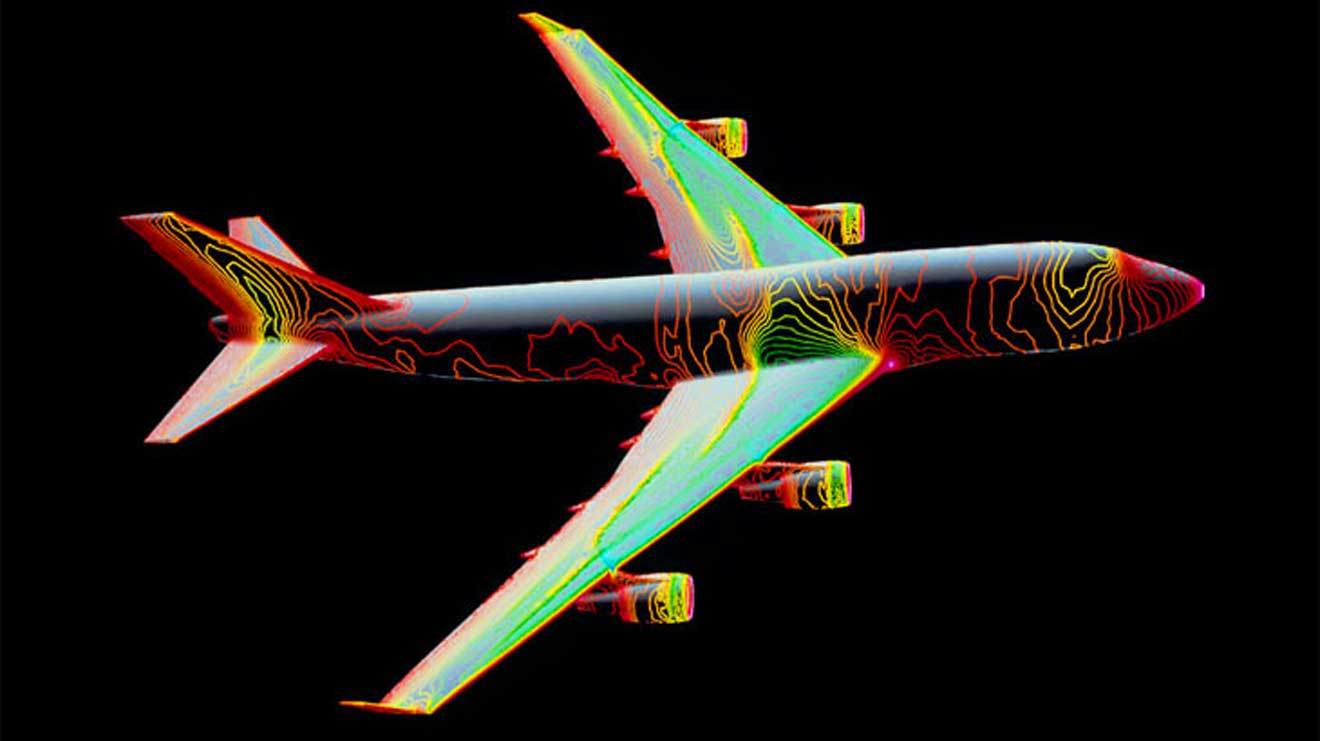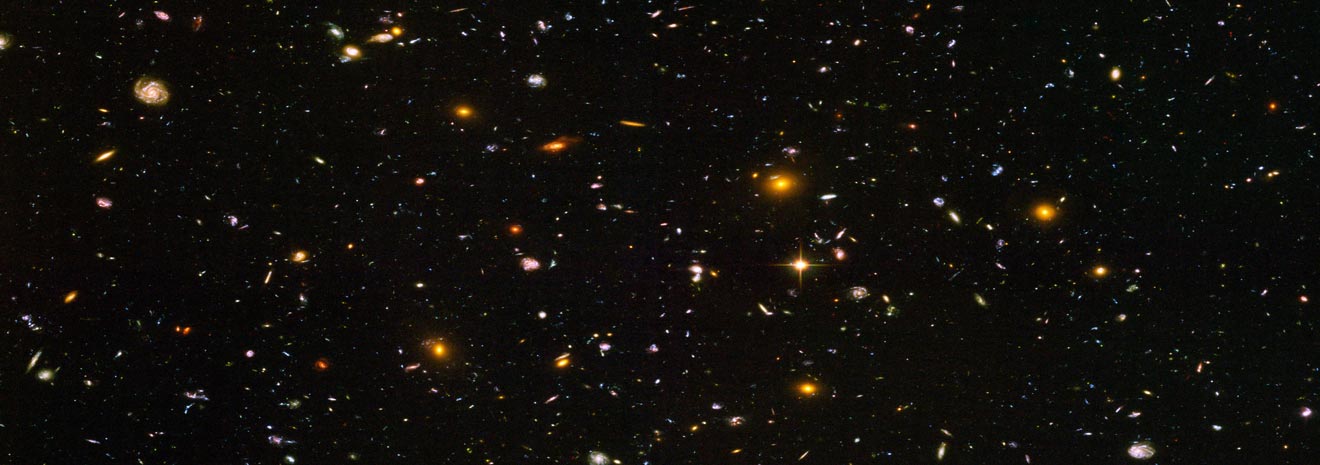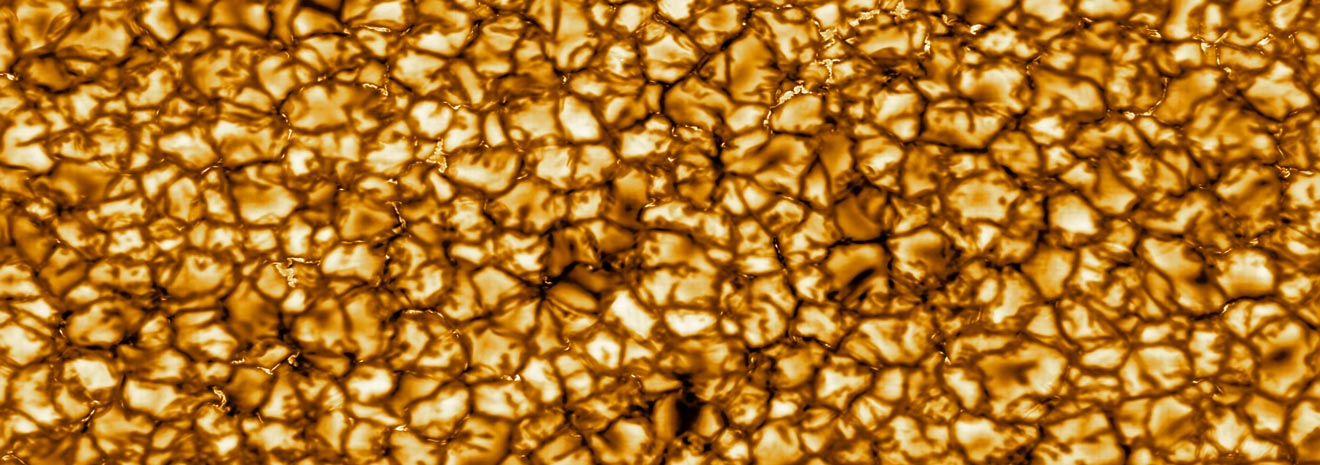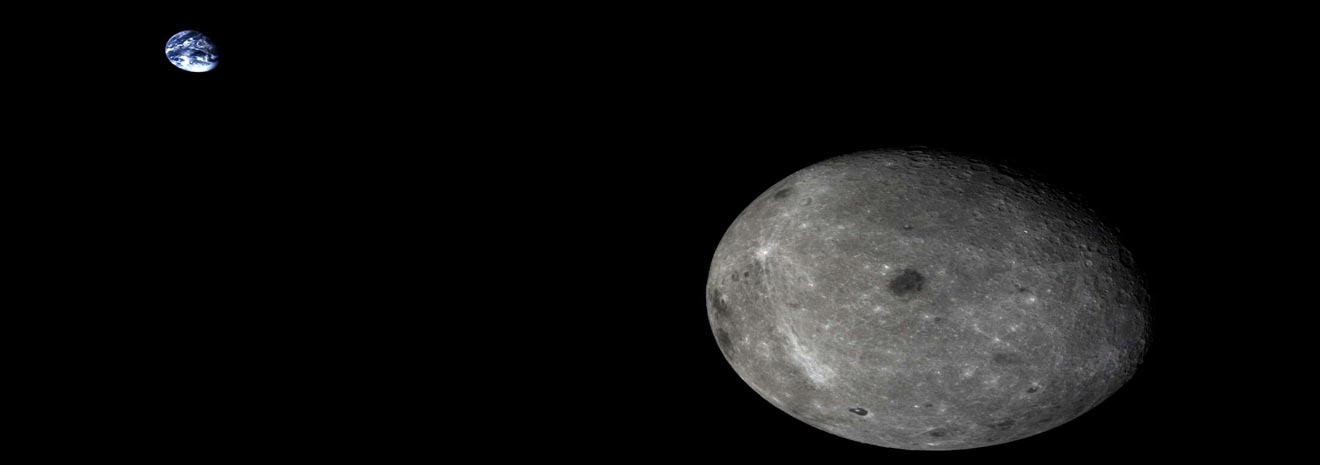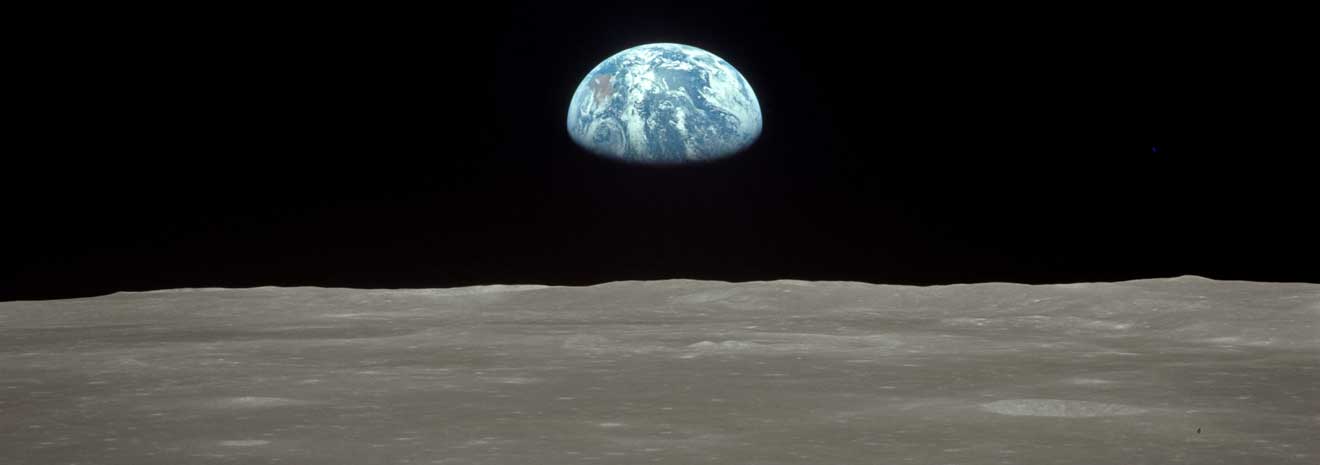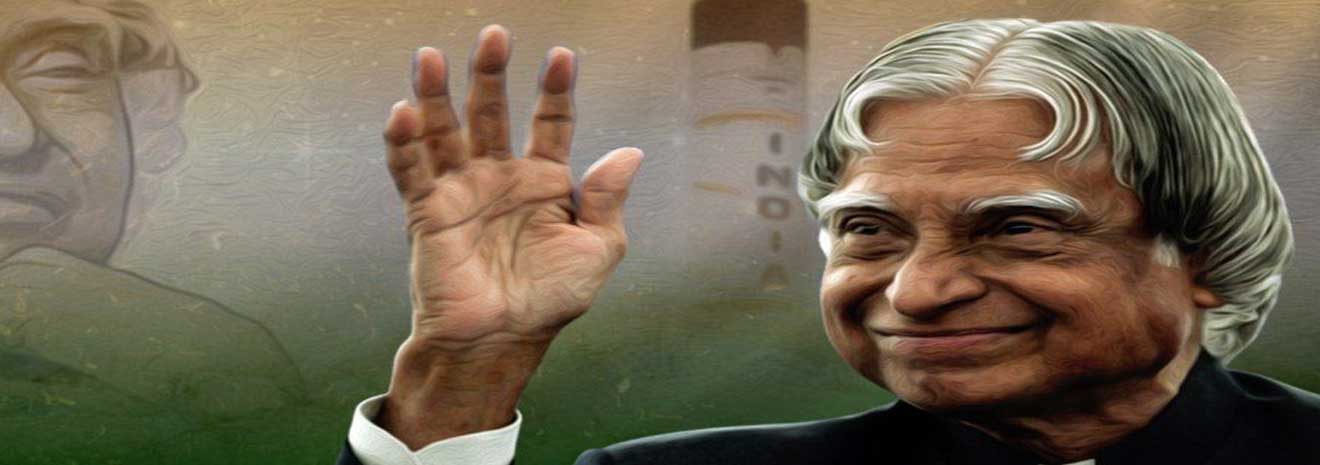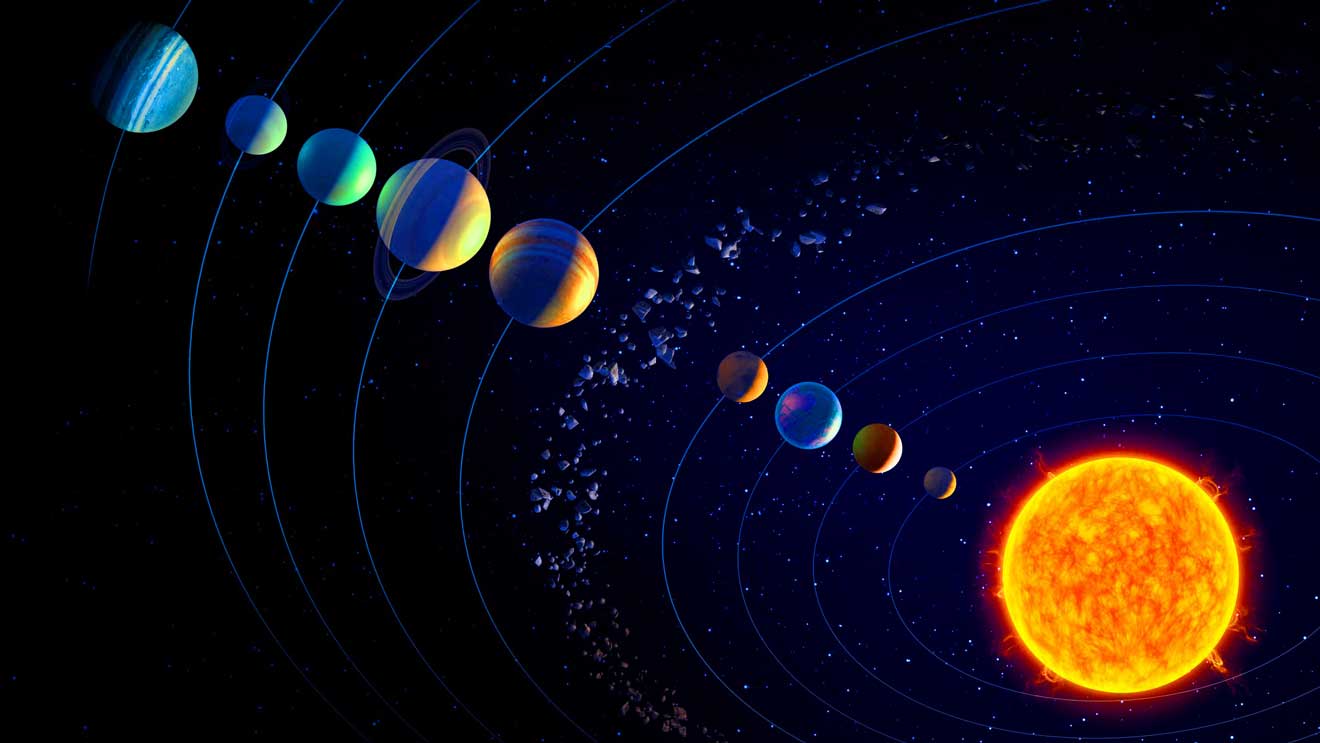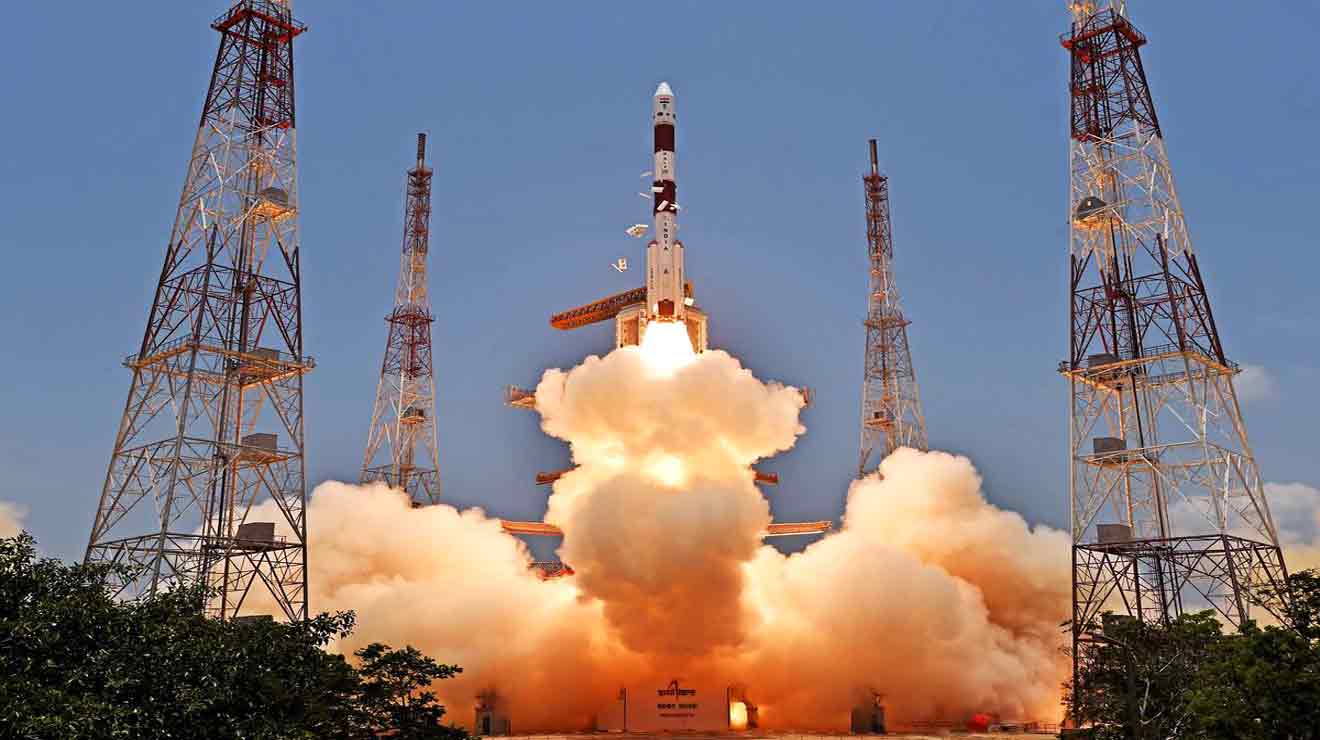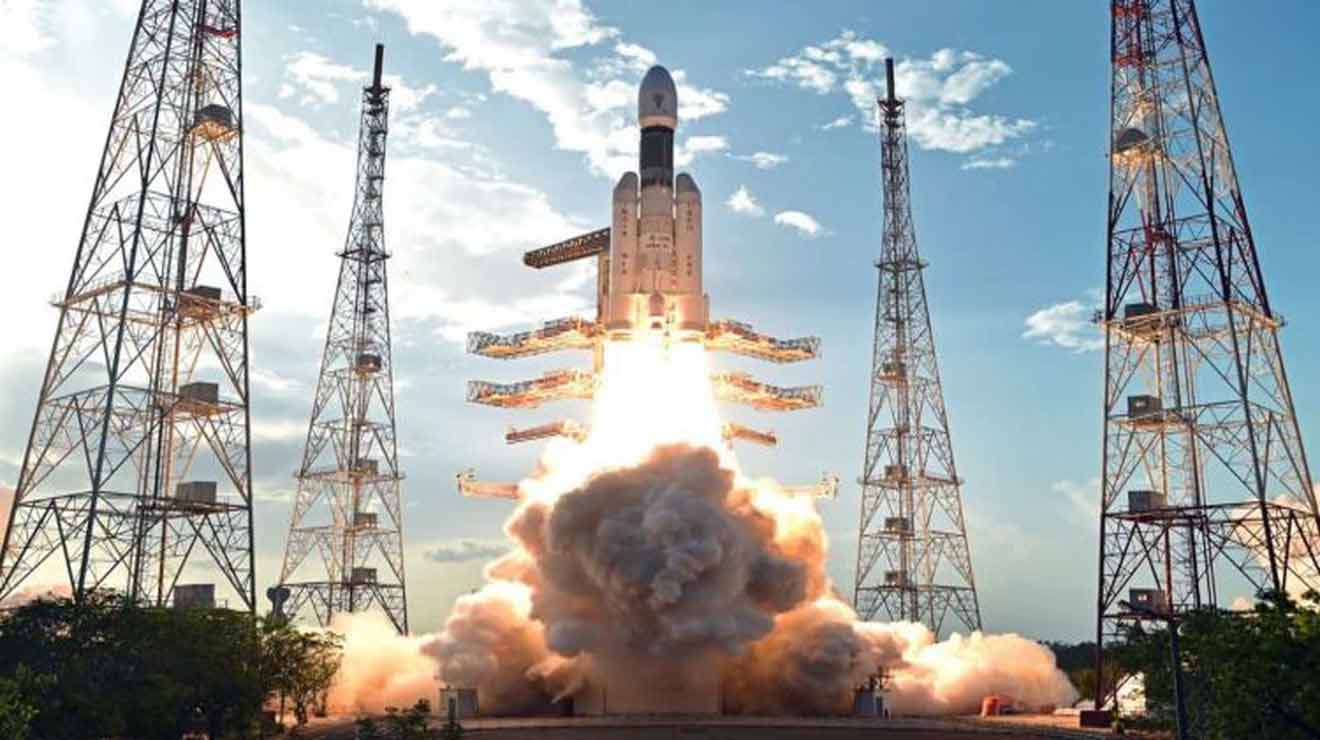ISRO has launched the ‘Aditya-L1’ mission on September 2nd after the successful Chandrayaan-3 mission. This mission is all about studying the Sun and marks ISRO’s first foray into space exploration dedicated to this purpose. It’s a big deal and could change how we understand the Sun and space conditions.
Aditya-L1 gets its name from the Sun’s core. It will position itself in a special orbit called a halo orbit around Lagrange point 1, about 1.5 million kilometers from Earth. This location will allow Aditya-L1 to keep an eye on the Sun without being blocked by eclipses or occultations. Scientists will be able to study solar activities and their effects on space weather in real-time.
The spacecraft has seven advanced instruments to study different parts of the Sun. These instruments will collect important data using sensors for electromagnetic, particles, and magnetic fields. They’ll help us understand things like why the Sun’s outer layer is so hot, solar flares, and more.
What’s really exciting is that Aditya-L1 will directly observe the Sun from its unique spot at L1. Four of its instruments will capture clear and detailed views of the Sun, while the other three will dive deep into studying particles and fields at Lagrange point.
Scientists are eagerly waiting for Aditya-L1’s findings. It’s expected to reveal more about the Sun’s corona, how it gets heated, the Sun’s magnetic field, and those powerful coronal mass ejections. All this data will help us better understand the space weather phenomena.
With Aditya-L1, ISRO shows us that even the sky is not the limit for human achievement!


